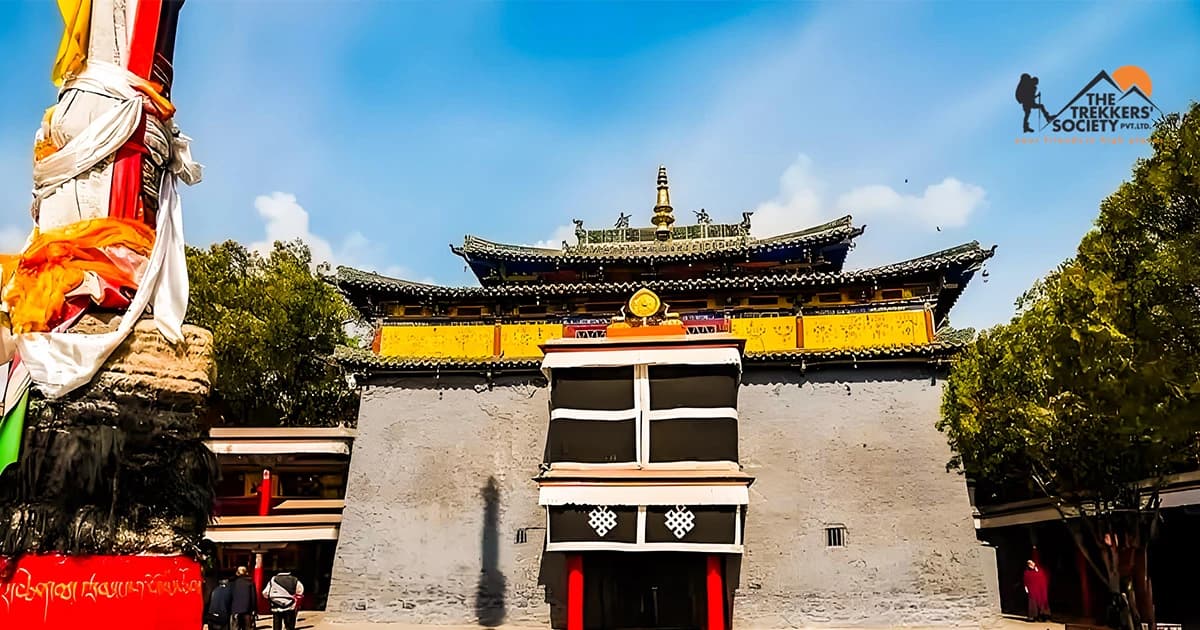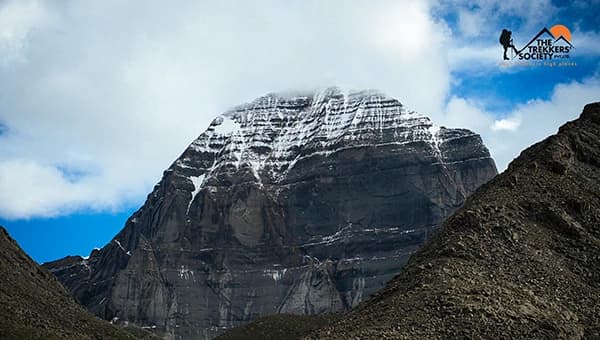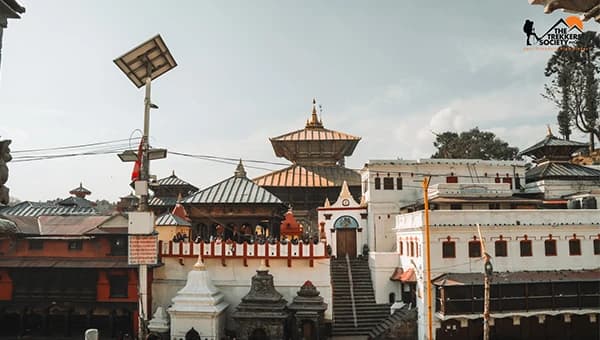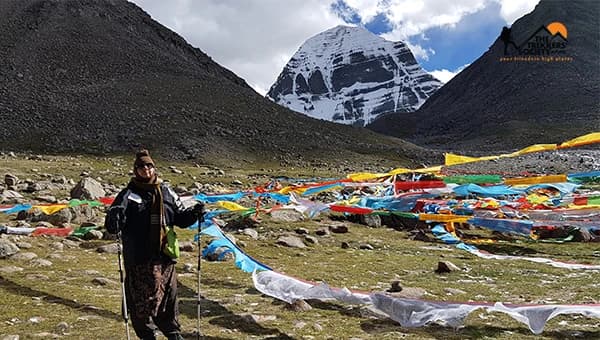Shalu Monastery, located in Shalu Village, Tibet, is a spiritual and historical treasure. With its rich blend of Chinese, Nepalese, and Tibetan art, the monastery offers visitors a glimpse into the past and the spiritual practices of Shakya Buddhism. Visit between May and October for the best experience.
Shalu Monastery: A Hidden Gem of Tibetan History & Art
Discover the Rich History, Art, and Spiritual Significance of Shalu Monastery
Shalu Village is 24 kilometres south of Shigatse, on the route to Gyantse City. The village is 8 kilometres from the highway connecting Shigatse and Gyantse. In the past, many Buddhist high lamas and instructors visited this location to practice and learn about their faith. Consequently, the town is now highly regarded because of its historical significance.
It is the "Shalu monastery" that makes this village shine. The monastery was built around 1040 CE by a Buddhist scholar named Chetsun Sherab Jungnay. He was a student and a great spiritual leader of the Shakya school of Buddhism. In 1320, Emperor Kublai Khan of the Yuan Dynasty from China, the grandson of Genghis Khan, helped rebuild the monastery. Kublai Khan brought in workers and artists from China and Nepal to help the temple expand. In other words, this monastery has art from China, Nepal, and Tibet. This is the only temple of its kind in all of Tibet. Additionally, the monastery houses the most beautiful paintings and ancient murals on its walls.
This collaboration resulted in the monastery's architecture and art reflecting a unique fusion of Tibetan, Nepalese, and Chinese styles. Shalu Monastery stands as the only temple of its kind in Tibet, showcasing a distinctive blend of cultural influences and stunning craftsmanship.
Shakya Buddhism was practised and followed by Chinese emperors throughout the Yuan Dynasty, which helped Shakya gain popularity and eventually governmental authority in Tibet. Thus, from 1270 until 1354, Tibet was administered by Shakya Monastery, the principal centre of Shakya Buddhism.
Shalu Monastery is one of the few religious sites that avoided destruction during the Cultural Revolution. The outer structure of the main Serkhang Temple underwent restoration in the mid-1980s, as it faced the risk of imminent collapse. However, the interiors have preserved their condition, featuring numerous stunning wall paintings in various degradation stages.
Inside the monastery, one can discover an array of remarkable paintings that date back to the 11th century, including the large Gonkhang located on the ground floor, where rare and valuable examples of Pala art are integrated with Central Asian influences.
Additional paintings from the 14th century are also represented in a style that has since been overshadowed in its place of origin.
This Newari-Tibetan-Mongol school was established and advanced by Arniko at the court of Kublai Khan in Beijing during the latter half of the 13th century. This style maintained its influence on art in Northern and Eastern Asia for centuries after that. In 1988, Shalu Monastery was designated as a significant national cultural protection unit. The site has now gained significance for tourists and individuals engaged in religious worship.
Best time to visit - The optimal period for visiting Shalu Monastery is from May to October, with mild weather and vibrant landscapes. The monastery organises various festivals throughout this period, allowing visitors to observe and actively participate in traditional Tibetan celebrations.






